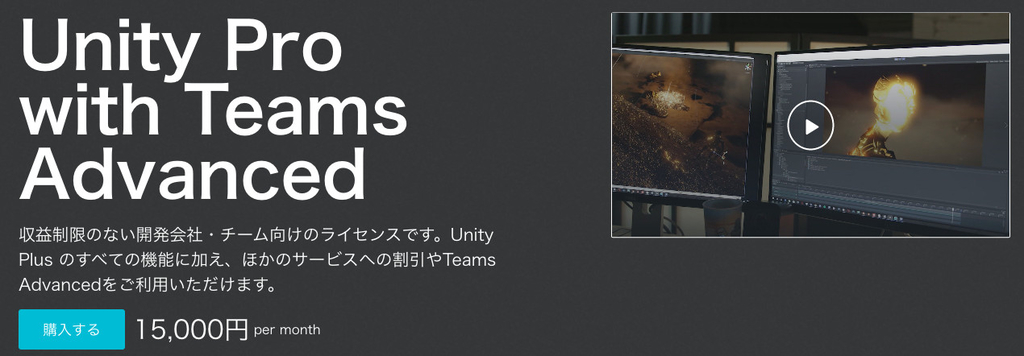
'Multi-AR Examples' provides an easy way to deal with the specifics of several AR platforms, and separate the platform-specific details from the scene development. Currently the Multi-AR Examples-package supports AR-Kit on iOS, AR-Core on Android, as well as HoloLens & Windows Mixed Reality on UWP. Support for more AR platforms may be added later.
Web | Forum | Twitter | Docs | Tips&Tricks
There are over ten demo-scenes in the package. The anchoring demos show how to anchor and control virtual objects in the AR scenes, collider demo - how to utilize the AR surface collisions, network demo - how to share world anchors in multi-user AR experiences, image-anchoring demo - how to utilize image anchors in the world, etc.
You can find short descriptions of all demo-scenes in the online documentation. The Multi-AR package works with all versions of Unity editor - Personal, Plus and Pro.
How to Run the Demo Scenes:
1. Download and import the Multi-AR Examples package into new Unity project.
2. Please don’t import any AR platform-specific packages.
3. Open a demo-scene from the MultiAR/DemoScenes-folder.
4. Build and run the scene on the target platform – iOS for AR-Kit, Android for AR-Core or UWP for HoloLens (Windows MR).
5. Look at the settings of the MultiARManager-component in the scene. Try to change some of them and then re-run the scene on the target AR platform, to see the effect.
The setup instructions for AR-Kit, AR-Core and HoloLens (Windows-MR) are in the 'Readme-MultiAR-Examples.pdf'-file in the package
Troubleshooting:
* If you get compilation errors, make sure you use Unity v2018.2.0f2 or later.
* Make sure your device supports the respective AR-platform.
* Check, if you have followed all setup steps for the respective AR-platform.
Documentation:
* The Multi-AR online documentation is available here.
* Many AR-related tips, tricks and examples are available here.







